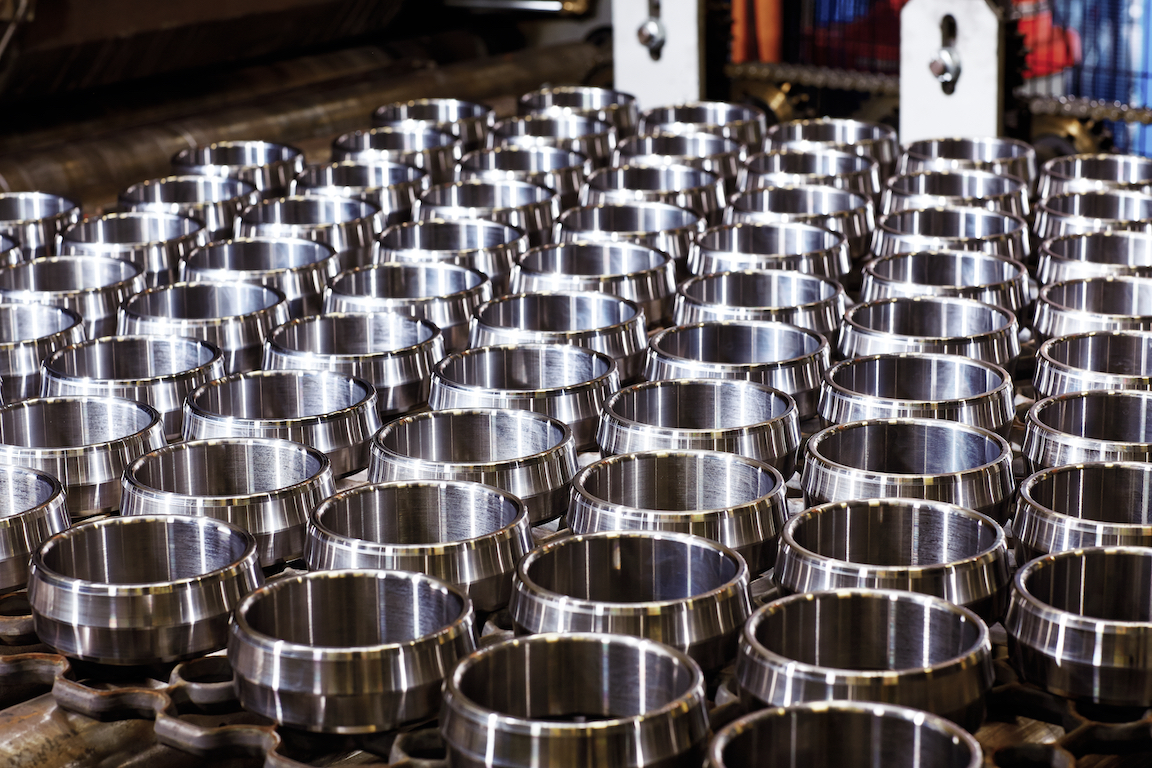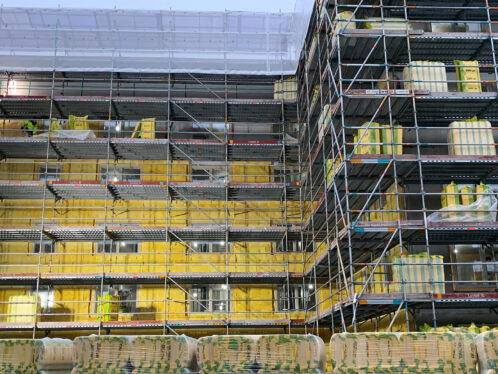
Quiet please
Summary
Sound or noise
What’s the difference?
Technically, there is no difference between sound and noise. Sound is a sensory perception evoked by physiological processes in the auditory brain. The complex pattern of sound waves is classified as “gestalts” – an organized whole in which each part affects every other – and are labelled as noise, speech, music and so on. It is not possible to define noise exclusively on the basis of the physical parameters of sound; instead, it is common practice to define noise simply as “unwanted sound.”
We live in a noisy world. And it is getting noisier. Now experts are working to do something about it.
Held in April 2008, in the peaceful grounds of Lambeth Palace in London, the Quiet Conference was organized to outline how noisy the modern world has become and to illustrate the physical, psychological and spiritual importance of quiet and tranquil areas. Its purpose was serious, and so were the 120 or so distinguished guests who were invited to attend.
Noise has become a serious problem in the environment – noise of traffic, construction sites, aircraft, railways, neighbours … the list goes on. In fact, just about every waking aspect of life is affected to some degree by noise. At the Quiet Conference participants heard how, in England alone, the areas affected by noise have doubled since the 1960s. In some areas British cities are now 10 times noisier than they were just a decade ago. Places of tranquillity and quiet are becoming increasingly hard to find.
“Let us hope that reason prevails and that government officials will recognize what so many researchers and noise activists already know – that noise is harmful to our health,” Arline Bronzaft, a researcher, writer
and environmental advisor, told participants at the
Quiet Conference.
Noise can be more than just disturbing. Noise – and the vibrations that cause it – can in fact be dangerous, especially in an engineering context.
Sound, or noise, is a series of vibrations or waves transmitted through a solid, liquid or a gas. A sound generally refers to those vibrations comprising frequencies capable of being detected by ears. The unit of frequency is the Hertz (Hz), and it is used as a measurement of the number of vibrations per second of the medium in which the sound is propagating. Humans can usually hear sounds with frequencies of between 20 and 20,000 Hz. But sound levels go beyond the frequency detection levels of humans, so another unit of measurement, the decibel, is commonly used in acoustics to quantify sound levels relative to some reference point (0 dB), typically the threshold of perception of the average human being. Normal conversation takes place at 60 to 70 dB; traffic noise levels are upwards of 85 dB. Sustained, unprotected exposure to levels of 90 dB or more may cause permanent hearing damage.
Noise has been a constant factor in the history of man, but nothing much was done to restrict its damaging effects before the 1960s. In 1959 John Connell became one of the pioneers in anti-noise legislation in Britain when he founded the Noise Abatement Society. It was a reaction to his frustration in finding that there was no national or local authority with which to register noise complaints. Noise was “a forgotten pollutant,” he said, and he embarked upon a media campaign to give the public the message that excessive noise was destructive and harmful to society. He received sackfuls of mail pledging support to his efforts. As it happened, 1959 was an election year, so Connell contacted the 1,564 parliamentary candidates. All but three backed his proposals, and in 1960, Britain became one of the first countries in the world to pass formal legislation on noise as a statutory nuisance.
The new legislation did not attempt to define or measure a noise that was deemed to be a nuisance, other than to say that it was a sound that caused offence to three or more householders affected by the noise. But it was a start. It restricted the playing of loudspeakers in a public street between 9 pm and 8 am (the penalty was a 10-pound fine). The legislation also specifically excluded aircraft noise from the terms of the act – much to the annoyance of Connell, who began to campaign to get London’s Heathrow Airport resituated on the east coast of Britain. That attempt may not have been successful, but night flights were soon phased out, noise restrictions were put in place in flight paths in and out of the airport, and local residents were eventually given help with extra soundproofing for their properties.
Today, noise pollution is readily acknowledged and legislated for much more effectively around the world. And it is being actively tackled at its source. Those noisy jets that John Connell campaigned against would no longer be allowed into Heathrow or many other major airports around the world. Instead, the engines themselves have been redesigned to be more fuel-efficient, more durable and quieter in operation, thanks to modern bypass fan technology and more efficient aero-dynamics. And the same attention to noise suppression is happening in all walks of construction and engineering. Cars are being made quieter. Buildings are being “acoustically optimized.” But ambient noise levels are still rising, a point the Quiet Conference was keen to reinforce. More effort needs to be made to keep overall noise levels down.
Quite a competence
Studying noise and vibration is something close to the heart of SKF. As a major engineering company, it relies on making sure that the products and services it supplies live up to its own high standards, and that includes identifying and resolving issues such as bearing noise.
“Vibration and noise are always something of a threat with bearing design and manufacture,” says Maximilian Bichler, manager of the Noise & Vibration Competence Centre at SKF Quality Technology Centre in Steyr, Austria. “The production procedures need to be precise all the way through the manufacturing and assembling of a bearing, or vibrations can occur once the bearing is installed, and these could have widespread affects on operation. So we are using the expertise that we have accumulated within our own Quality Technology Centre to help our customers make the right choice for their applications and their quality assurance needs.”
The loudest sound in the world?
Any list of “loudest” sounds is highly subjective. Much depends on how the sound is monitored, and where it is monitored from. Historical sounds (the eruption of the Krakatoa volcano, for instance, or the collision of the meteorite with the earth in Tunguska, Russia) can only be estimated. Even so, the following seem to make most lists of “the 10 loudest sounds in the world”:
1. Tunguska meteorite, 1908 300-315 dB
2. Earthquake < 235 dB
3. One-tonne TNT bomb 210 dB
4. Call of the blue whale >188 dB
5. Krakatoa eruption, 1883 180 dB
6. Space shuttle launch 165-170 dB
7. Racing cars 155-160 dB
8. Gunfire 145-155 dB
9. Fireworks 145-150 dB
10. Rock concert 135-145 dB




